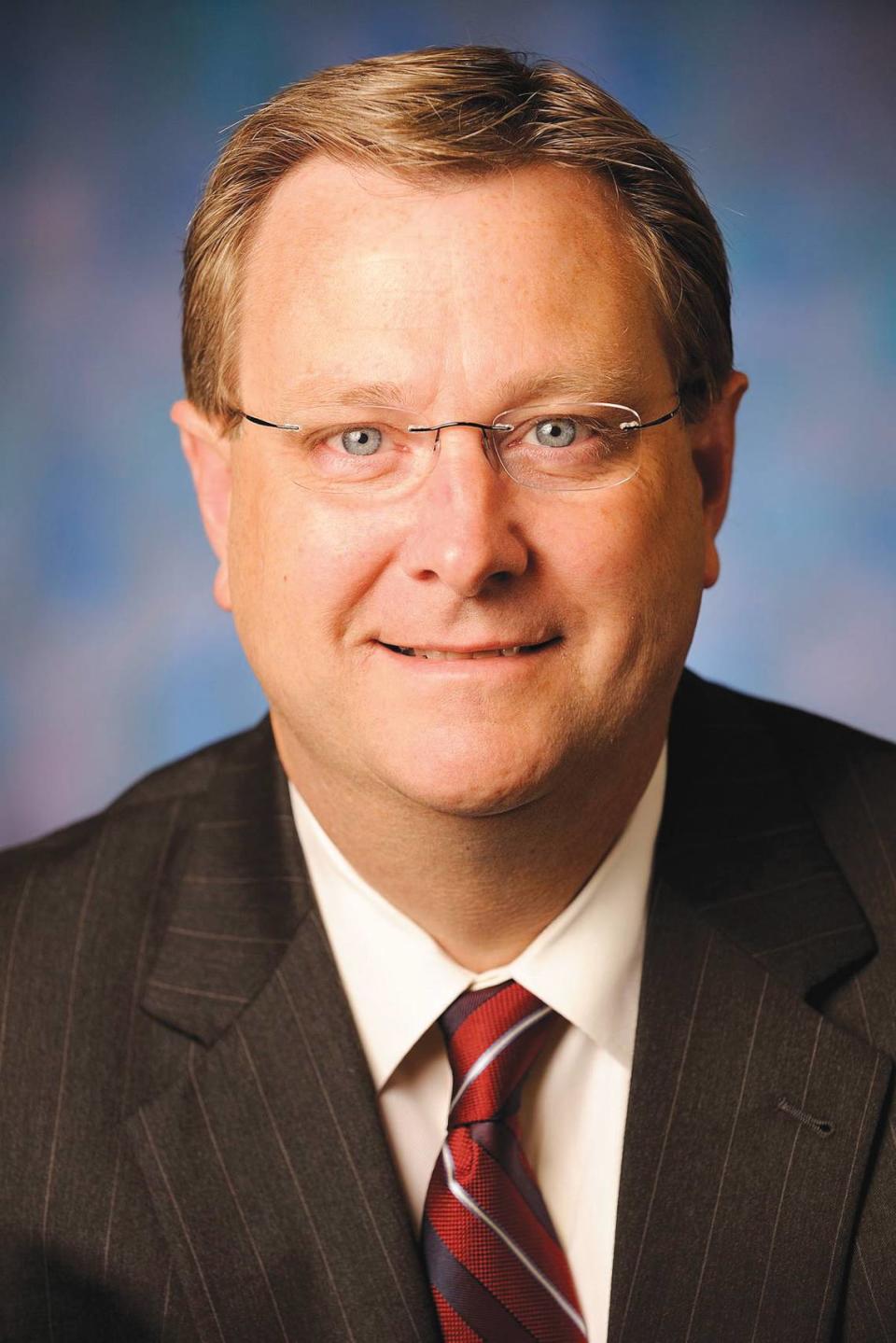Fayette and surrounding counties developing regional economic plan. Why it’s a first
Private and public leaders in nine Central Kentucky counties, including Fayette, are developing a regional economic development plan that leaders hope will help attract more high-paying jobs and make the area more competitive.
It will be the first regional economic development plan for Central Kentucky.
Cities and areas that have seen rapid growth in recent years — Austin, Texas and the Raleigh, Durham area in North Carolina — have developed similar regional plans.
“We have to position ourselves for a changing, but also very competitive, environment,” said Bob Quick, CEO and president of Commerce Lexington, the area’s business chamber.
In 2004, Quick and a group of economic development officials from the surrounding counties formed an ad hoc group to advocate in Washington D.C. and Frankfort on various issues affecting business.
“We were formed because we were told by politicians to come with one voice,” said Kim Menke, vice president of government affairs for Toyota of North America and a long-time member of the group. Menke, who is based in Scott County, also works in other areas where Toyota plants are located. He said he has taken the Central Kentucky model to other areas of the country as an example of businesses advocating for business.
That group — Central Kentucky Regional Public Policy Group — has since branched out to tackle other thornier issues surrounding job growth, worker retention and infrastructure needs.
Although Commerce Lexington and the heads of economic development in the surrounding counties often work together to find land or space for a potential new business, the area previously lacked a cohesive regional economic development plan, Quick said.
“What happens in Richmond affects the entire nine-county region,” Quick said. Although the nine counties have different challenges, the area also has a lot in common that can be marketed.
Moreover, the available pool of workers comes from the nine-county region and beyond, Menke said.
“Toyota employees come from close to 80 counties, not just Scott County,” Menke said.
Ted Abernathy, a consultant who has developed regional plans across the country, will spearhead the creation of the plan. The city of Lexington has tentatively agreed to give $50,000 toward paying for the plan. Quick said other counties and private sector businesses are also contributing money.
Abernathy is gathering data for the study now. It should be completed in early 2022.
“The first part is trying to figure out where we are. Next is what needs to be improved,” Abernathy said. “The biggest issue here is that we need more talent, more labor. We need to specifically focus on attracting younger people to the region. We need training programs that move people from high school and college into the jobs that are in high demand.”
The study will also look at what areas are Central Kentucky’s competitors and what those areas have that Central Kentucky does not, he said.
“We are starting to bring in lots of information. But what the group is looking at is: What can we do working together to attract more high-wage jobs?”
Abernathy said the study, when completed, will have several action steps that can be implemented over the next three to five years.
“We will be looking at possibly 10 action items that are realistic,” Abernathy said. “They could be anything like new training programs or a legislative agenda for the Kentucky legislature.”
The nine counties involved include Fayette, Scott, Madison, Woodford, Clark, Franklin, Montgomery, Jessamine and Bourbon.

 Yahoo Finance
Yahoo Finance 

